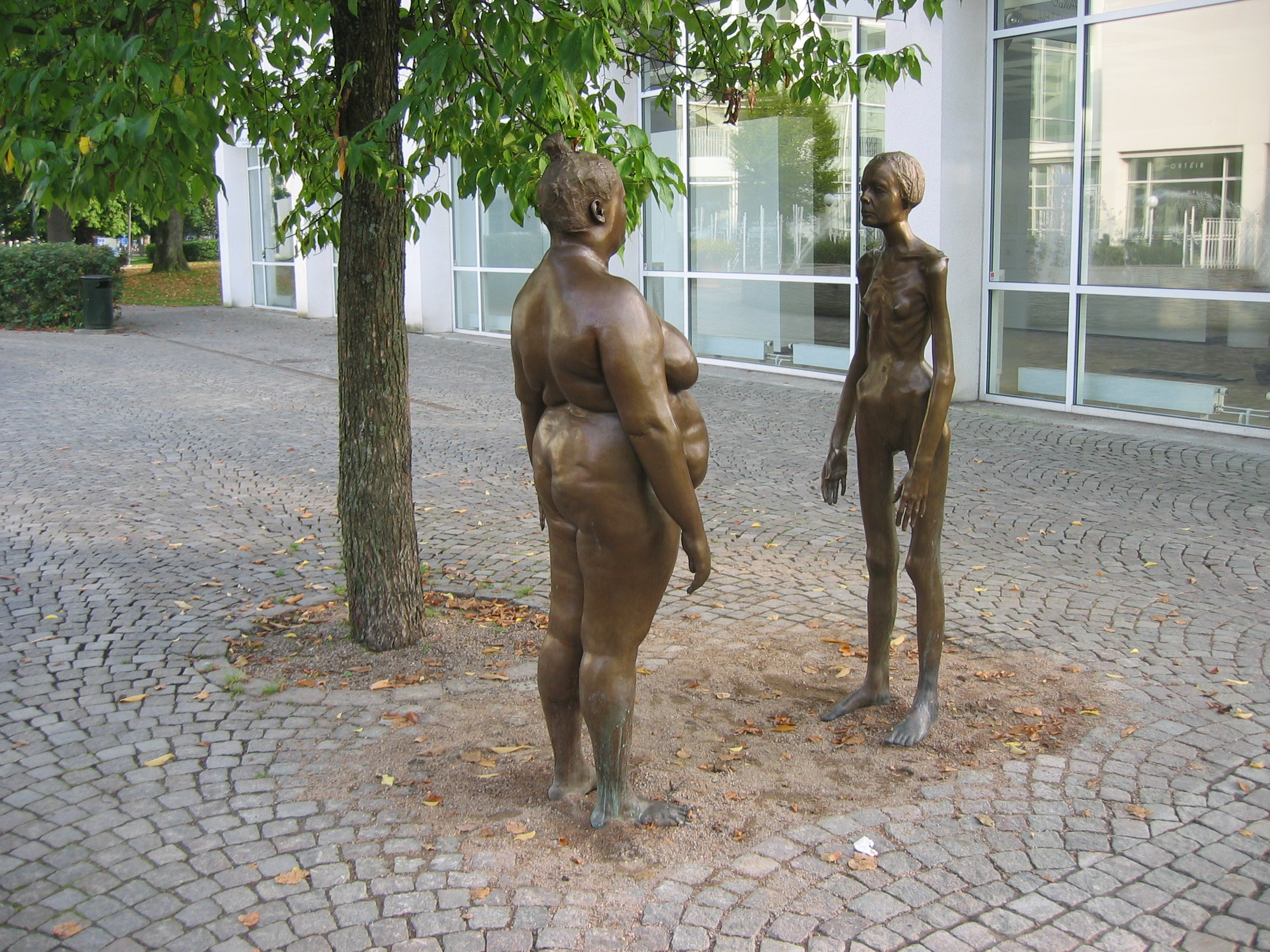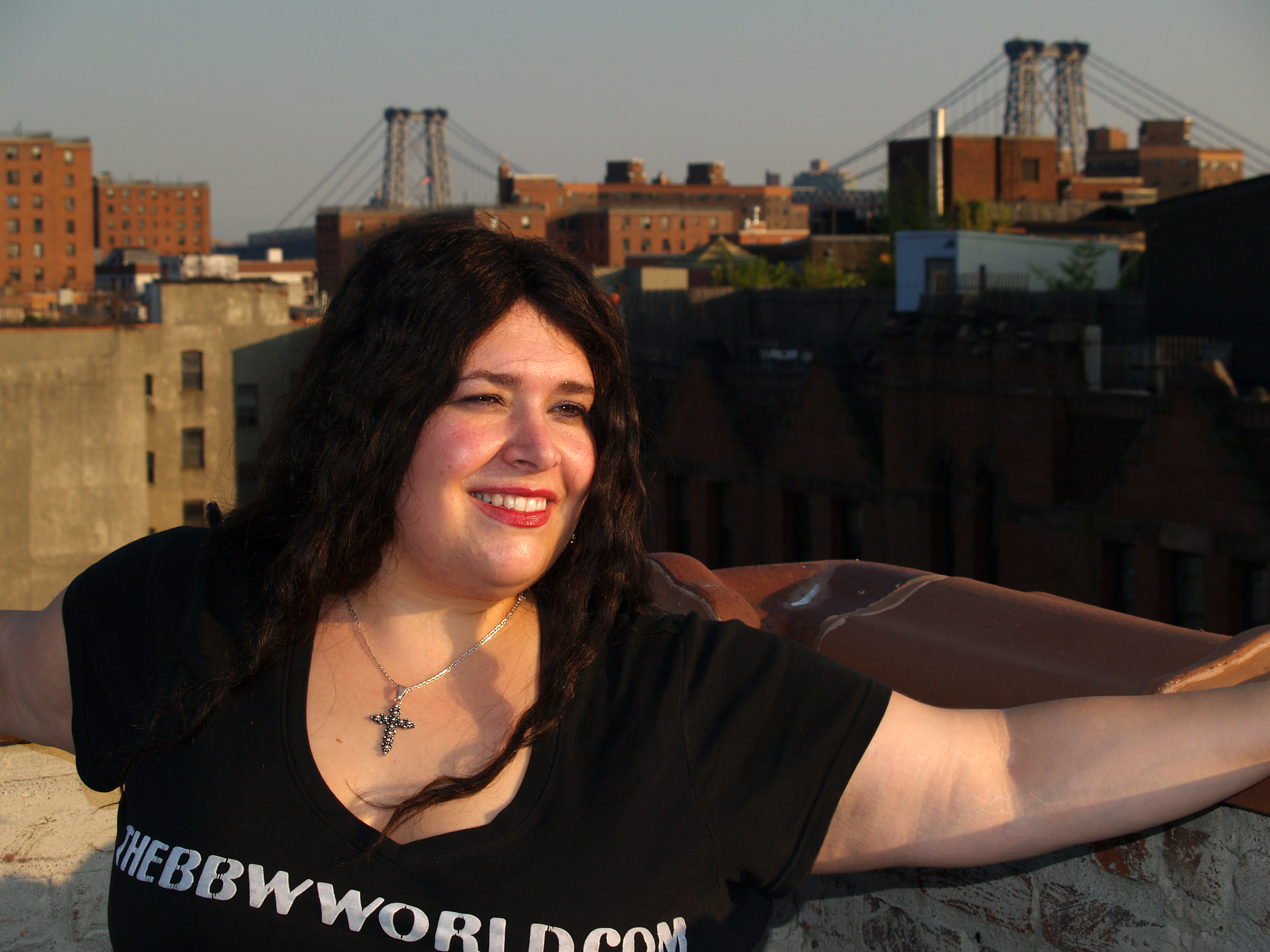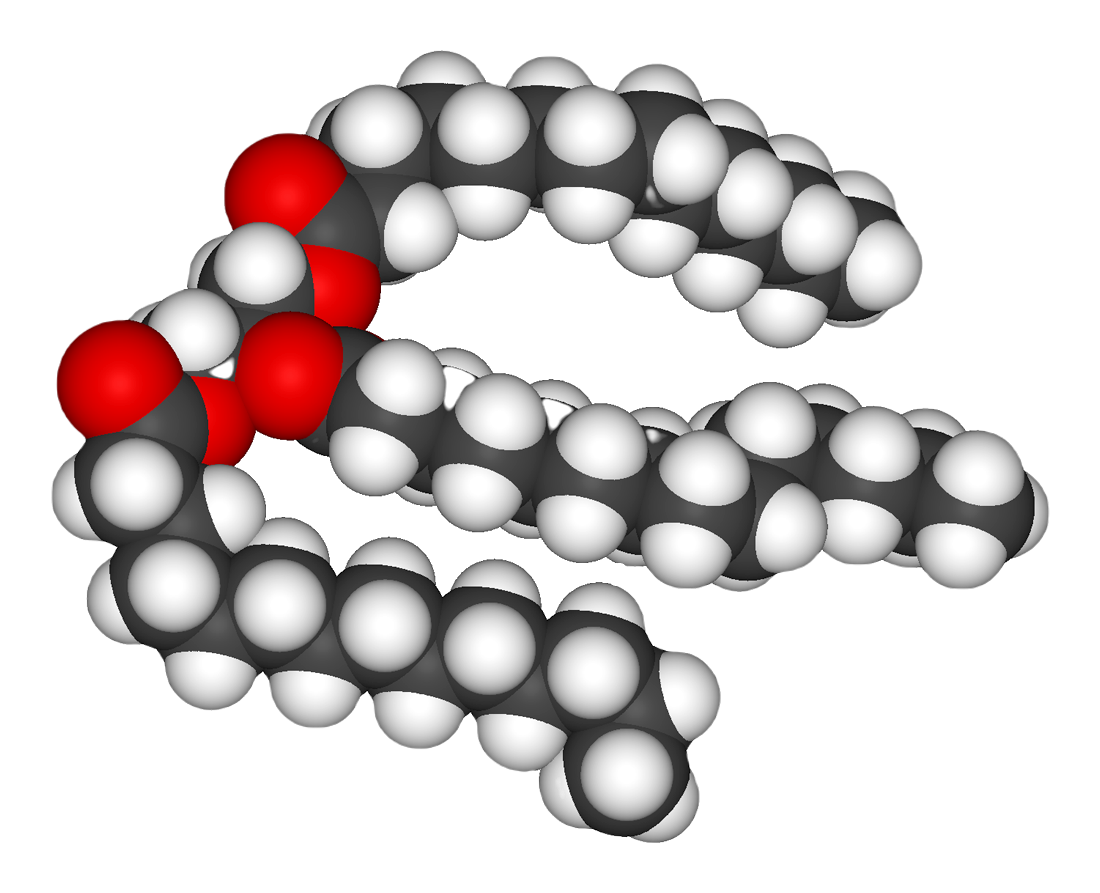|
Judy Freespirit
Judy Freespirit (1936–2010) was a 20th century American feminist and activist, best known for her role in the Fat Liberation Movement and the LGBTQ and Disability Rights Movements. She was one of the founders of the Fat Underground, a fat feminist group, and she was a proponent of the Radical Therapy Movement. In addition, she wrote many books about the fight for social change for fat women and LGBTQ women. As a part of the Fat Underground, she wrote the "Fat Liberation Manifesto," demanding rights and social change for fat women. Biography Judy Freespirit was born in Detroit, Michigan in 1936 to a working class family. In her early childhood, she dealt with incestuous abuse from her father, and her mother constantly fat-shamed her and restricted her diet. She grew up clinging to dance and theater for her only sources of enjoyment, got married at an early age, and began working in a psychiatric hospital. Then, as she became increasingly involved in the Women’s Liberation Mo ... [...More Info...] [...Related Items...] OR: [Wikipedia] [Google] [Baidu] |
Fat Liberation Movement
The fat acceptance movement (also known by various other names, such as fat pride, fat empowerment, fat liberation, and fat activism) is a social movement which seeks to eliminate the social stigma of obesity. Areas of contention include the aesthetic, legal, and medical approaches to fat people. The modern fat acceptance movement began in the late 1960s. Besides its political role, the fat acceptance movement also constitutes a subculture which acts as a social group for its members. The fat acceptance movement has been criticized for not adding value to the debate over human health, with some critics accusing the movement of "promoting a lifestyle that can have dire health consequences". History The history of the fat acceptance movement can be dated back to 1967 when 500 people met in New York's Central Park to protest against anti-fat bias. Sociologist Charlotte Cooper has argued that the history of the fat activist movement is best understood in waves, similar to the feminis ... [...More Info...] [...Related Items...] OR: [Wikipedia] [Google] [Baidu] |
Disability Rights Movement
The disability rights movement is a global social movement that seeks to secure equal opportunities and equal rights for all disabled people. It is made up of organizations of disability activists, also known as disability advocates, around the world working together with similar goals and demands, such as: accessibility and safety in architecture, transportation, and the physical environment; equal opportunities in independent living, employment equity, education, and housing; and freedom from discrimination, abuse, neglect, and from other rights violations. Disability activists are working to break institutional, physical, and societal barriers that prevent people with disabilities from living their lives like other citizens. Disability rights is complex because there are multiple ways in which a person with a disability can have their rights violated in different socio-political, cultural, and legal contexts. For example, a common barrier that individuals with disabi ... [...More Info...] [...Related Items...] OR: [Wikipedia] [Google] [Baidu] |
Women's Liberation Movement
The women's liberation movement (WLM) was a political alignment of women and feminist intellectualism. It emerged in the late 1960s and continued till the 1980s, primarily in the industrialized nations of the Western world, which resulted in great change (political, intellectual, cultural) throughout the world. The WLM branch of radical feminism, based in contemporary philosophy, comprised women of racially and culturally diverse backgrounds who proposed that economic, psychological, and social freedom were necessary for women to progress from being second-class citizens in their societies. Towards achieving the equality of women, the WLM questioned the cultural and legal validity of patriarchy and the practical validity of the social and sexual hierarchies used to control and limit the legal and physical independence of women in society. Women's liberationists proposed that sexism—legalized formal and informal sex-based discrimination predicated on the existence of the so ... [...More Info...] [...Related Items...] OR: [Wikipedia] [Google] [Baidu] |
LGBT
LGBTQ people are individuals who are lesbian, gay, bisexual, transgender, queer, or questioning. Many variants of the initialism are used; LGBTQIA+ people incorporates intersex, asexual, aromantic, agender, and other individuals. The group is generally conceived as broadly encompassing all individuals who are part of a sexual or gender minority, including all sexual orientations, romantic orientations, gender identities, and sex characteristics that are not heterosexual, heteroromantic, cisgender, or endosex, respectively. Scope and terminology A broad array of sexual and gender minority identities are usually included in who is considered LGBTQ. The term ''gender, sexual, and romantic minorities'' is sometimes used as an alternative umbrella term for this group. Groups that make up the larger group of LGBTQ people include: * People with a sexual orientation that is non-heterosexual, including lesbians, gay men, bisexual people, and asexual people * People ... [...More Info...] [...Related Items...] OR: [Wikipedia] [Google] [Baidu] |
The Radical Therapist
''The Radical Therapist'' was a journal that emerged in the early 1970s in the context of the counter-culture and the radical U.S. antiwar movement. It was an "alternative journal" in the mental health field that published 12 issues between 1970 and 1972, and "voiced pointed criticisms of psychiatrists during this period". It was run by a group of psychiatrists and activists who believed that mental illness was best treated by social change, not behaviour modification. Their motto was "Therapy means social, political and personal change, not adjustment". Background In the 1960s, a movement developed to challenge many principals of psychiatry and dispute the mental health system as a successful humanitarian enterprise. The challenge came from Ernest Becker, Erving Goffman, R.D. Laing, Thomas Scheff, and Thomas Szasz. Their writings, along with articles in the journal ''The Radical Therapist'', were given the umbrella label anti-psychiatry despite wide divergences in philosoph ... [...More Info...] [...Related Items...] OR: [Wikipedia] [Google] [Baidu] |
Fat Pride
The fat acceptance movement (also known by various other names, such as fat pride, fat empowerment, fat liberation, and fat activism) is a social movement which seeks to eliminate the social stigma of obesity. Areas of contention include the aesthetic, legal, and medical approaches to fat people. The modern fat acceptance movement began in the late 1960s. Besides its political role, the fat acceptance movement also constitutes a subculture which acts as a social group for its members. The fat acceptance movement has been criticized for not adding value to the debate over human health, with some critics accusing the movement of "promoting a lifestyle that can have dire health consequences". History The history of the fat acceptance movement can be dated back to 1967 when 500 people met in New York's Central Park to protest against anti-fat bias. Sociologist Charlotte Cooper has argued that the history of the fat activist movement is best understood in waves, similar to the feminis ... [...More Info...] [...Related Items...] OR: [Wikipedia] [Google] [Baidu] |
National Association To Advance Fat Acceptance
The National Association to Advance Fat Acceptance (NAAFA) is a non-profit, fat acceptance civil rights oriented organization in the United States dedicated to improving the quality of life for the obese. NAAFA works to eliminate discrimination based on body size and provide fat people with the tools for self-empowerment through public education, advocacy, and member support. History NAAFA was founded in 1969 by Bill Fabrey in Rochester, New York as the "National Association to Aid Fat Americans.". In its early years, social activities and letter-writing campaigns were a major part of the organization. As the organization turned more toward political activism, the name was changed during the 1980s. NAAFA has a yearly national convention in summer, which is usually alternated between the east and west coasts. In 2008 they introduced the "NAAFA Size Diversity Toolkit" to educate corporations on quality of life issues. As part of its ongoing campaign, NAAFA also opposes airline ... [...More Info...] [...Related Items...] OR: [Wikipedia] [Google] [Baidu] |
LGBT Community
The LGBTQ community (also known as the LGBT, LGBT+, LGBTQ+, LGBTQIA, LGBTQIA+, or queer community) comprises LGBTQ people, LGBTQ individuals united by LGBTQ culture, a common culture and LGBTQ movements, social movements. These Community, communities generally celebrate Pride (LGBTQ culture), pride, Sexual diversity, diversity, individuality, and Human sexuality, sexuality. LGBTQ activists and sociologists see LGBTQ community-building as a counterweight to heterosexism, homophobia, biphobia, transphobia, sexualism, and Conformity, conformist pressures that exist in the larger society. The term ''pride'' or sometimes ''gay pride'' expresses the LGBTQ community's identity and collective strength; pride parades provide both a prime example of the use and a demonstration of the general meaning of the term. The LGBTQ community is diverse in political affiliation. Not all LGBTQ people consider themselves part of the LGBTQ community. Groups that may be considered part of the LGBTQ com ... [...More Info...] [...Related Items...] OR: [Wikipedia] [Google] [Baidu] |
1936 Births
Events January–February * January 20 – The Prince of Wales succeeds to the throne of the United Kingdom as King Edward VIII, following the death of his father, George V, at Sandringham House. * January 28 – Death and state funeral of George V, State funeral of George V of the United Kingdom. After a procession through London, he is buried at St George's Chapel, Windsor Castle. * February 4 – Radium E (bismuth-210) becomes the first radioactive element to be made synthetically. * February 6 – The 1936 Winter Olympics, IV Olympic Winter Games open in Garmisch-Partenkirchen, Germany. * February 10–February 19, 19 – Second Italo-Ethiopian War: Battle of Amba Aradam – Italian forces gain a decisive tactical victory, effectively neutralizing the army of the Ethiopian Empire. * February 16 – 1936 Spanish general election: The left-wing Popular Front (Spain), Popular Front coalition takes a majority. * February 26 – February 26 Incident (二・二六事件, ... [...More Info...] [...Related Items...] OR: [Wikipedia] [Google] [Baidu] |
2010 Deaths
This is a list of lists of deaths of notable people, organized by year. New deaths articles are added to their respective month (e.g., Deaths in ) and then linked below. 2025 2024 2023 2022 2021 2020 2019 2018 2017 2016 2015 2014 2013 2012 2011 2010 2009 2008 2007 2006 2005 2004 2003 2002 2001 2000 1999 1998 1997 1996 1995 1994 1993 1992 1991 1990 1989 1988 1987 1986 Earlier years ''Deaths in years earlier than this can usually be found in the main articles of the years.'' See also * Lists of deaths by day * Deaths by year (category) {{DEFAULTSORT:deaths by year ... [...More Info...] [...Related Items...] OR: [Wikipedia] [Google] [Baidu] |
Fat Acceptance Activists
In nutrition, biology, and chemistry, fat usually means any ester of fatty acids, or a mixture of such compounds, most commonly those that occur in living beings or in food. The term often refers specifically to triglycerides (triple esters of glycerol), that are the main components of vegetable oils and of fatty tissue in animals; or, even more narrowly, to triglycerides that are solid or semisolid at room temperature, thus excluding oils. The term may also be used more broadly as a synonym of lipid—any substance of biological relevance, composed of carbon, hydrogen, or oxygen, that is insoluble in water but soluble in non-polar solvents. In this sense, besides the triglycerides, the term would include several other types of compounds like mono- and diglycerides, phospholipids (such as lecithin), sterols (such as cholesterol), waxes (such as beeswax), and free fatty acids, which are usually present in human diet in smaller amounts. Fats are one of the three main macronut ... [...More Info...] [...Related Items...] OR: [Wikipedia] [Google] [Baidu] |
Fat Feminism
Fat feminism, often associated with "body-positivity", is a social movement that incorporates feminist themes of equality, social justice, and cultural analysis based on the weight of a woman or a non-binary feminine person. This branch of feminism intersects misogyny and sexism with anti-fat bias. Fat feminists advocate body-positive acceptance for all bodies, regardless of their weight, as well as eliminating biases experienced directly or indirectly by fat people. Fat feminists originated during third-wave feminism and is aligned with the fat acceptance movement. A significant portion of body positivity in the third-wave focused on embracing and reclaiming femininity, such as wearing makeup and high heels, even though the second-wave fought against these things. Contemporary western fat feminism works to dismantle oppressive power structures which disproportionately affect fat, queer, non-white, disabled, and other non-hegemonic bodies. It covers a wide range of topics such a ... [...More Info...] [...Related Items...] OR: [Wikipedia] [Google] [Baidu] |






